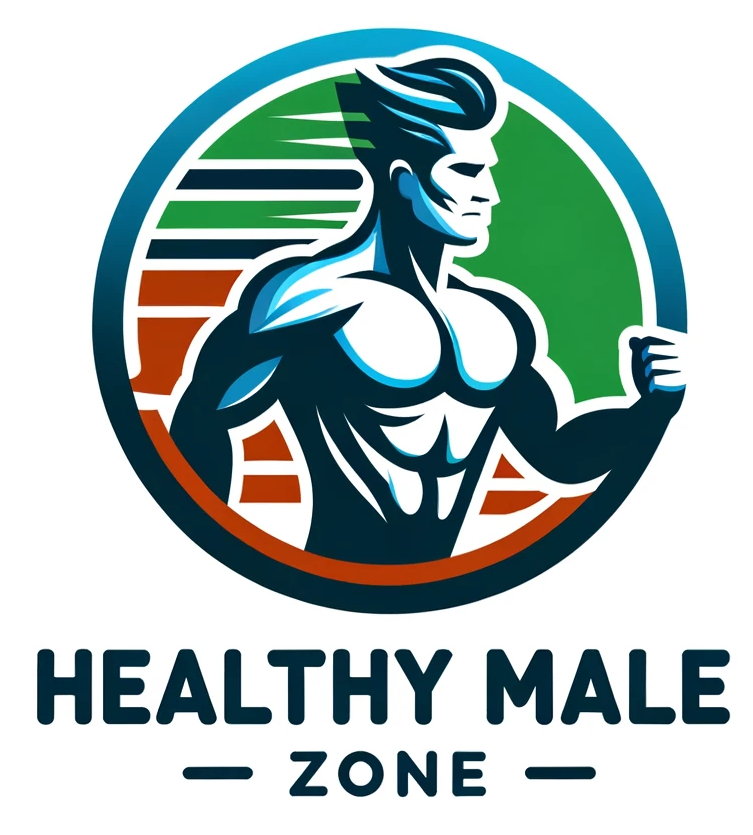The Benefits of Dance for Older Men
Key Takeaways
Dancing offers numerous physical, mental, and emotional benefits for older men. This fun and engaging activity improves cardiovascular health, enhances mental agility, fosters social connections, and boosts overall happiness.
Introduction
As men age, maintaining an active lifestyle becomes increasingly important for overall health and longevity. While many may turn to traditional forms of exercise like walking or weightlifting, dance often gets overlooked. However, dance is an exceptional activity for older men, providing a wealth of physical, mental, and emotional benefits. From improving cardiovascular health to enhancing social connections, dance offers a multifaceted approach to healthy aging.
Physical Benefits
Cardiovascular Health
One of the most significant benefits of dancing is its ability to improve cardiovascular health. Various dance forms, from ballroom to line dancing, provide an effective aerobic workout that can elevate the heart rate and improve circulation. Studies have shown that regular aerobic exercise can lower the risk of heart disease, hypertension, and stroke, making dance an excellent choice for cardiovascular fitness in older men.
Balance and Coordination
As men age, the risk of falling increases due to deteriorating balance and coordination. Dance routines require precise movements and often involve complex footwork and changes in direction. Engaging in dance helps enhance muscle strength and proprioception, reducing the likelihood of falls and improving overall stability.
Flexibility and Range of Motion
Regular dance practice promotes flexibility and range of motion, which are crucial for maintaining physical independence. Dance movements typically involve stretching and bending, which help keep muscles and joints limber. Increased flexibility can also reduce the risk of injuries and alleviate chronic pain, particularly in areas like the lower back, hips, and knees.
Weight Management
Engaging in regular physical activity is key to managing a healthy weight, and dance provides an enjoyable and consistent way to burn calories. Depending on the intensity and duration, a dance session can help in shedding excess pounds and maintaining a healthy body weight, thus reducing the risk of obesity-related health conditions such as diabetes and heart disease.
Mental Benefits
Cognitive Function
Research indicates that dance can enhance cognitive function and delay the onset of dementia. The mental demands of learning and remembering dance steps stimulate brain function. The combination of physical activity and mental challenge promotes neuroplasticity, helping to keep the brain sharp and alert. For older men, engaging in dance can be an effective strategy to maintain cognitive health.
Stress Reduction
Dance serves as an excellent stress reliever, releasing endorphins that elevate mood and decrease stress levels. The rhythmic movement and music involved in dancing can have a calming effect, acting as a form of moving meditation. Lower stress levels contribute to better mental health, which is crucial for overall well-being in older age.
Enhanced Mood
Physical activity, including dance, is known to boost the production of serotonin and dopamine, neurotransmitters that play a key role in regulating mood. Engaging in dance can thus help combat symptoms of depression and anxiety, offering a natural and enjoyable way to improve mental health. The sense of achievement after mastering a dance routine also provides a confidence boost, fostering a positive self-image.
Emotional Benefits
Social Connection
One of the unique benefits of dance is its social aspect. Many dance forms are performed in groups, making it a social activity that can help older men cultivate meaningful relationships. Social interaction is crucial for emotional well-being, reducing feelings of loneliness and isolation. Whether participating in dance classes or social dance events, the community aspect adds an extra layer of benefit to this activity.
Self-Expression
Dance offers a creative outlet for self-expression, enabling older men to convey emotions and tell stories through movement. This form of non-verbal communication can be particularly therapeutic, providing a sense of freedom and emotional release. The creativity involved in dance helps keep the mind engaged, further enriching the emotional experience.
Boosted Self-Esteem
Mastering new dance moves and routines offers a sense of accomplishment that can significantly boost self-esteem and self-worth. For older men, who may face societal perceptions of declining physical abilities, achieving proficiency in dance can be incredibly empowering. This reinforcement of a positive self-image contributes to overall emotional well-being.
Accessibility and Inclusivity
One of the major advantages of dance is its accessibility. Unlike some forms of exercise that may require specialized equipment or facilities, dance can be performed almost anywhere. Whether in a dedicated dance studio, a community center, or the comfort of one’s own home, dance is an inclusive activity that caters to all fitness levels and abilities.
Conclusion
In summary, dance is an excellent activity for older men, offering a comprehensive range of physical, mental, and emotional benefits. From improving cardiovascular health and flexibility to enhancing cognitive function and emotional well-being, the advantages of dance are manifold. Its social and accessible nature makes it a compelling option for those looking to maintain an active and fulfilling lifestyle as they age. By integrating dance into their regular routine, older men can enjoy a healthier, happier, and more connected life.

